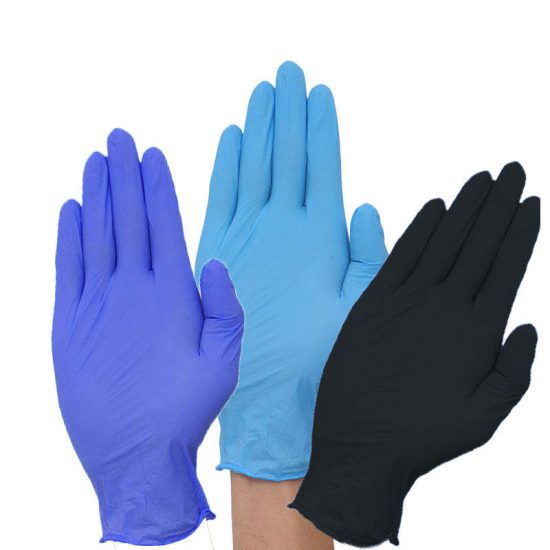Work gloves are an essential piece of personal protective equipment (PPE) designed to protect your hands from various hazards in the workplace. Here’s a comprehensive overview of work gloves, covering everything you need to know:
- Importance of Work Gloves:
- Hand Protection: Work gloves safeguard your hands from injuries such as cuts, abrasions, punctures, impacts, chemicals, heat, and cold.
- Enhanced Grip: Gloves provide better grip and dexterity, improving your ability to handle tools, equipment, and materials.
- Hygiene and Contamination Control: Gloves help maintain hygiene standards and prevent cross-contamination in industries like healthcare and food handling.
- Types of Work Gloves:
- Leather Gloves: Durable and provide good protection against abrasions, punctures, and moderate heat.
- Fabric Gloves: Made from materials like cotton, nylon, or polyester. Suitable for general-purpose tasks, offering comfort and breathability.
- Chemical-Resistant Gloves: Designed to protect against hazardous chemicals and substances. They are made from materials like neoprene, nitrile, or PVC.
- Cut-Resistant Gloves: Constructed with high-performance fibers like Kevlar or Dyneema to protect against cuts and lacerations from sharp objects.
- Impact-Resistant Gloves: Provide additional padding and protection to reduce the impact of heavy objects or tool vibrations.
- Heat-Resistant Gloves: Made from materials like leather, Kevlar, or aluminized fabric to protect against heat and flames.
- Disposable Gloves: Thin, single-use gloves made from latex, nitrile, or vinyl. Used in industries where hygiene is critical, such as healthcare or food handling.
- Factors to Consider When Choosing Work Gloves:
- Hazard Assessment: Identify the specific hazards in your workplace to determine the type of gloves required (e.g., cut resistance, chemical resistance, etc.).
- Material: Consider the materials used in the gloves, such as leather, synthetic fabrics, or specialized coatings, based on the intended use.
- Fit and Comfort: Gloves should fit properly and offer comfort to ensure dexterity, grip, and ease of movement.
- Durability: Choose gloves that can withstand the demands of your work environment and offer long-lasting performance.
- Standards and Certifications: Look for gloves that meet relevant industry standards for the hazards you face (e.g., ANSI, EN388, EN374, etc.).
- Proper Glove Usage and Care:
- Follow manufacturer guidelines for usage, including any limitations or restrictions.
- Inspect gloves before each use for damage or wear and replace them if necessary.
- Clean and maintain gloves regularly as per manufacturer instructions to ensure optimal performance and hygiene.
- Store gloves properly in a clean and dry area to prevent contamination or damage.
- Glove Limitations:
- No single glove can provide protection against all hazards, so select the appropriate glove for each specific task.
- Gloves can impair dexterity and tactile sensitivity, so choose gloves that balance protection with necessary dexterity.
- Gloves are just one component of hand protection. Follow all relevant safety procedures, use other PPE when necessary, and employ safe work practices.
Remember, it’s crucial to consult with safety professionals or follow industry-specific guidelines to ensure the proper selection, usage, and care of work gloves based on your work environment and hazards involved.


